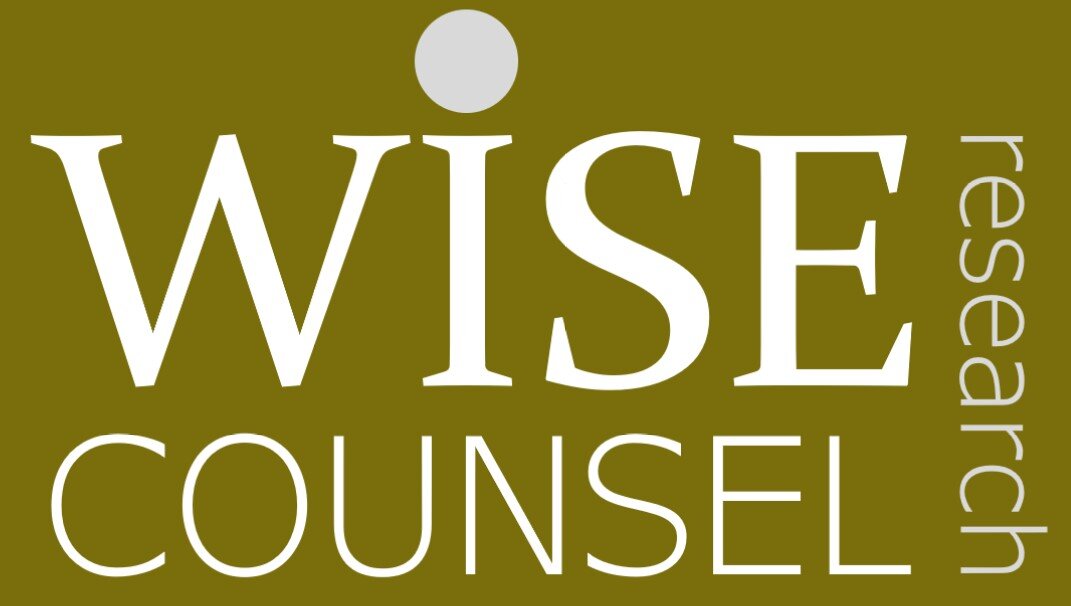What is Qualitative Capital and why is managing it so important?
Wise Counsel Research’s extensive practice with and research of hundreds of families with significant wealth over decades confirms that non-financial or qualitative factors determine a family’s long-term success or failure. For example, our 100-Year Family Study has examined close to 100 wealthy families across the globe who have successfully transitioned a family enterprise through at least three generations of family leadership. This research and practice has led us to identify five forms of Qualitative Capital that are drivers of long-term family success.
The Five Forms of Qualitative Capital
Human Capital
One of the principles of Family Qualitative Capital Management™ is that healthy families are made up of healthy individuals. Human Capital is in many ways the foundation for the whole of qualitative capital. Human Capital includes individual family members’ physical and emotional health, as well as their resilience: their ability to learn, grow, and adapt. Family members with strong human capital feel in control of their choices, committed to their chosen work, and appropriately challenged by the efforts they take on. They also balance work, relationships, learning and laughter in their lives. Finally, they know when to let go of unproductive behaviors or beliefs.
Legacy Capital
Legacy Capital consists of the family’s core values and sense of shared purpose. In many ways, it can be considered the “Family Brand”—what makes the family distinct and gives the family members a sense of shared identity. Legacy Capital rests in part upon family members’ feeling pride in their family and choosing to preserve family stories and traditions. It also depends upon individual family members’ clarifying their own values, vision, and purposes and then working together to define a shared vision as a family and a strategic plan to pursue that vision.
Legacy Capital reflects not only what present-day family members have received from the past but also their shared hope to pass their qualitative wealth to generations in the future.
Family Relationship Capital
Effective communication is at the heart of every successful family. A family’s ability to engage and support communication across generations is particularly important. This ability to build strong interpersonal connections within the family is Family Relationship Capital.
This form of qualitative capital reflects family members’ ability to discuss difficult topics together and collaborate in complex efforts. Even more basically, it reflects whether there is a family culture of trust, respect, and fairness. Family Relationship Capital includes how the family integrates the different voices of spouses, partners, and rising generation family members.
Structural Capital
Families with significant wealth often operate within a network of trusts, partnerships, contracts, and other legal or business relationships. Structural Capital consists of an understanding of this network and the ability to navigate it effectively.
Structural Capital rests upon family members’ learning about shared entities, policies, procedures, etc. It also requires that family members understand and practice shared-decision making, which may take place within a Family Council or similar board or between trustees and beneficiaries. Some of the key factors in Structural Capital are the practice of effective family meetings, competent family leadership, selection of wise trustees, and thoughtful family leadership transitions.
Social Capital
Families are affected by and in turn shape the communities and societies of which they are a part. Commitment to these communities gives families a strength that comes from serving something greater than themselves. This commitment to communities beyond the family is Social Capital.
Social Capital rests upon individual family members’ desire to use their financial wealth to make a positive difference in the world and their ability to take thoughtful action to fulfill that desire. It can take the form of family members’ involvement in philanthropy—with its connection to grantees, charitable organizations, and charitable recipients—or business, with its commitment to employees, customers, and suppliers.


